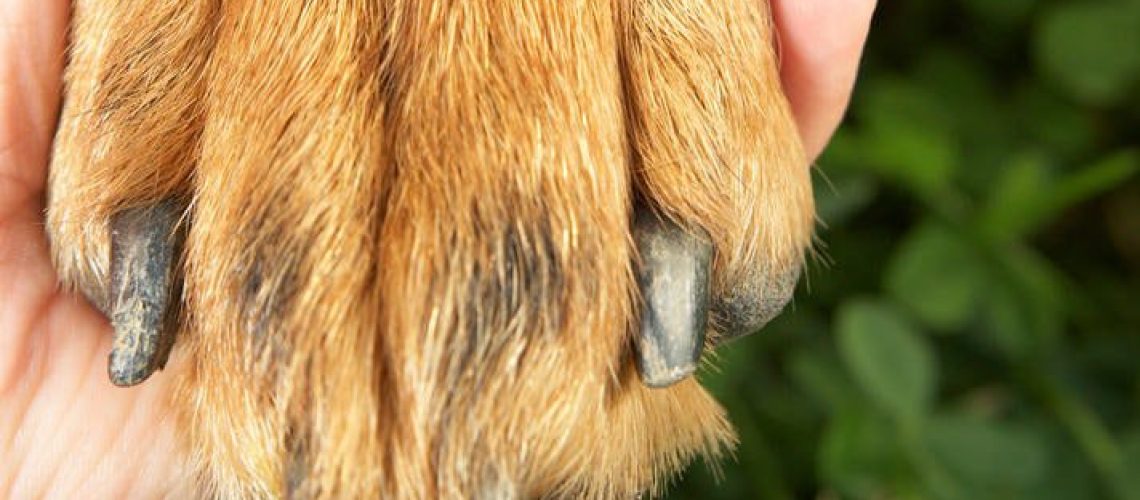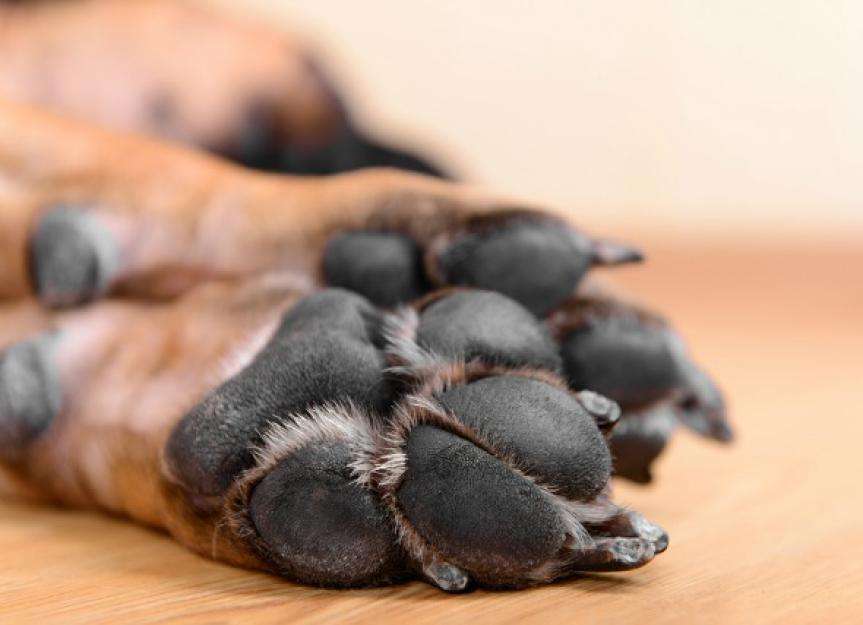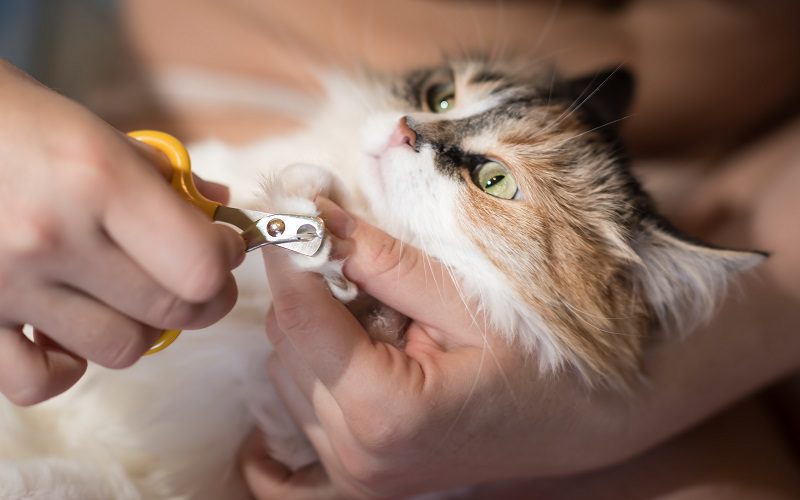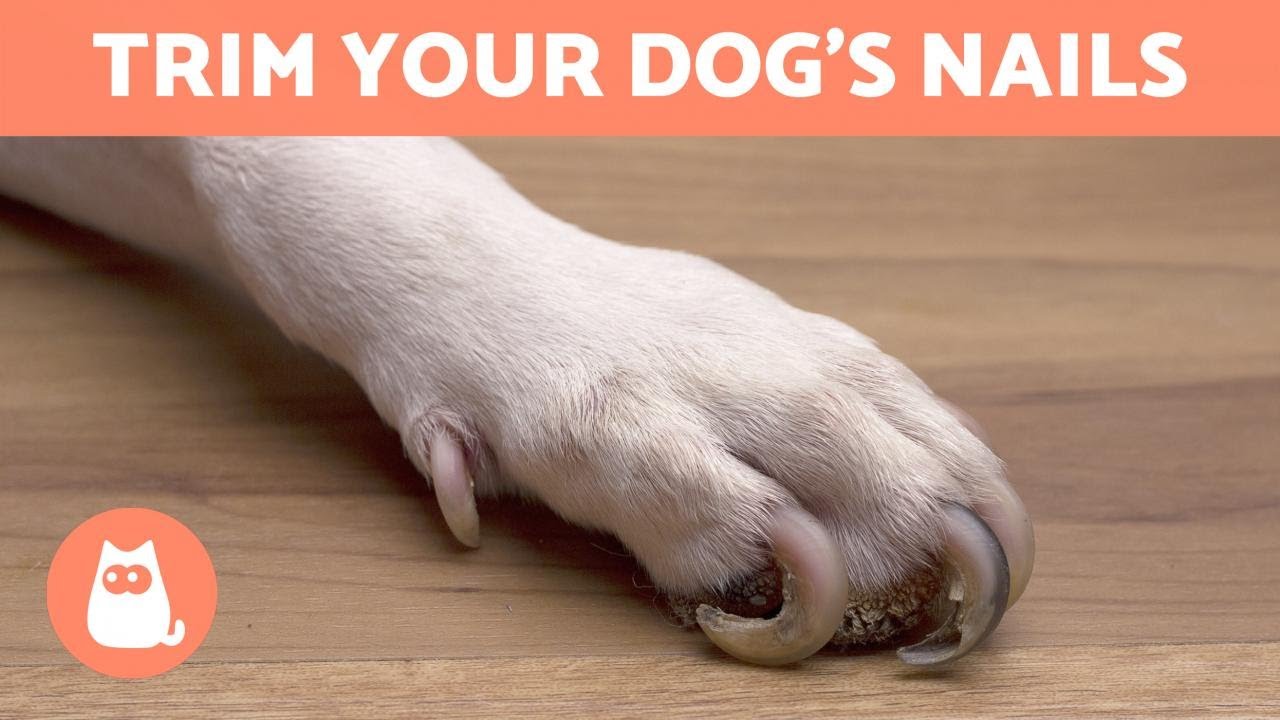Nail problems in dogs can cause discomfort and pain.
Key Takeaways:
- Nail problems in dogs can be caused by a variety of factors, including genetics, improper trimming, and trauma.
- Long nails can lead to discomfort and pain for dogs, as well as an increased risk of injury or infection.
- Regular nail trimming is essential for maintaining the health and well-being of dogs, preventing issues such as ingrown nails and nail bed infections.
- It is important to use proper techniques and tools when trimming a dog's nails to avoid causing pain or injury.
- If a dog's nails are overgrown or if there are signs of infection or injury, it is recommended to seek veterinary assistance for proper diagnosis and treatment.
Common Nail Problems in Dogs
Dogs can experience various nail problems that may cause discomfort and pain. Some common issues include overgrown nails, broken nails, ingrown nails, and infections. Overgrown nails occur when a dog's nails grow too long and start to curl back into the paw pad. This can be painful for dogs and may lead to difficulty walking or even limping.
Broken nails are another common problem in dogs. This can happen if a dog's nail gets caught on something or if it is accidentally trimmed too short. A broken nail can be very painful and may even bleed. Ingrown nails occur when a dog's nail grows into the surrounding skin, causing irritation and inflammation. Infections can also develop if bacteria enter the area around the nail.
Discomfort and Pain from Overgrown Nails in Dogs
Overgrown nails in dogs can cause discomfort and pain due to several reasons. When a dog's nails become too long, they can start to dig into the paw pad, which is sensitive and not meant to bear weight. This constant pressure on the paw pad can lead to pain while walking or standing.
In addition, overgrown nails can alter a dog's gait and posture, putting strain on their joints and muscles. This can result in muscle soreness, joint stiffness, and overall discomfort for the dog. Furthermore, overgrown nails are more prone to breaking or splitting, which can be extremely painful for dogs.
Signs of Nail Problems in Dogs
It is important for dog owners to be aware of the signs that indicate possible nail problems in their pets. Some common signs include:
- Limping or favoring one leg
- Reluctance to walk or exercise
- Visible signs of pain or discomfort when the paws are touched
- Changes in gait or posture
- Excessive licking or chewing of the paws
- Bleeding or swelling around the nails
- Visible signs of infection, such as redness, pus, or a foul odor
If dog owners notice any of these signs, it is important to examine their dog's nails and seek appropriate treatment if necessary.
The Importance of Regularly Trimming a Dog's Nails
Regularly trimming a dog's nails is crucial for their overall health and well-being. When a dog's nails are too long, they can cause discomfort and pain, as discussed earlier. By keeping their nails at an appropriate length, dog owners can prevent these problems from occurring.
In addition to preventing discomfort, regular nail trims also help maintain proper posture and gait in dogs. Overgrown nails can alter a dog's natural movement patterns and put strain on their joints and muscles. By keeping their nails trimmed, dogs can move more comfortably and reduce the risk of musculoskeletal issues.
Furthermore, regularly trimming a dog's nails helps prevent them from breaking or splitting. Broken nails can be extremely painful and may require veterinary intervention to treat. By maintaining proper nail length, dog owners can avoid this potential problem.
Safely Trimming a Dog's Nails at Home: Tools and Techniques
Trimming a dog's nails at home is possible with the right tools and techniques. Dog owners will need:
- Nail clippers specifically designed for dogs (avoid using human nail clippers)
- A styptic powder or cornstarch to stop bleeding in case of accidental cuts
- Treats or rewards to help keep the dog calm and cooperative during the process
When trimming a dog's nails, it is important to be cautious and avoid cutting too close to the quick, which is the sensitive part of the nail that contains blood vessels. Cutting into the quick can cause pain and bleeding. It is recommended to trim only small portions of the nail at a time and gradually work towards the desired length.
If a dog has black nails where it is difficult to see the quick, it is advisable to consult a veterinarian or professional groomer for guidance on how much to trim.
Potential Nail Problems in Certain Dog Breeds
Some dog breeds are more prone to nail problems than others. Breeds with long, curved nails, such as Dachshunds and Basset Hounds, are particularly susceptible to overgrown nails. These breeds often have shorter legs and may not wear down their nails naturally through regular exercise.
On the other hand, certain breeds with dewclaws (a fifth toe located higher up on the leg) may be more prone to ingrown nails if these extra digits are not properly maintained. Breeds like Great Pyrenees or Saint Bernards commonly have dewclaws that need regular attention.
Preventive Measures to Reduce the Risk of Nail Problems in Dogs
To reduce the risk of nail problems in dogs, there are several preventive measures that dog owners can take:
- Regularly trim their dog's nails or have them trimmed by a professional groomer if they are uncomfortable doing it themselves
- Provide dogs with regular exercise on different surfaces, such as pavement or concrete, to naturally wear down their nails
- Introduce puppies to nail trimming at an early age to help them become accustomed to the process
- Monitor the length of dewclaws and trim them if necessary
- Keep the area where dogs spend most of their time clean and free from debris that could cause broken nails
By implementing these preventive measures, dog owners can help maintain their pet's nail health and prevent potential problems.
Dealing with Bleeding from Accidentally Cutting a Dog's Nail Too Short
If a dog's nail is accidentally cut too short during trimming, it may result in bleeding. This can be alarming for dog owners, but there are steps they can take to stop the bleeding:
- Gently apply pressure to the bleeding nail using a clean cloth or gauze pad. Maintain pressure for several minutes until the bleeding stops.
- If the bleeding persists, dip the tip of the affected nail into a styptic powder or cornstarch. These substances help promote clotting and stop bleeding.
- If styptic powder or cornstarch is not available, applying gentle pressure with a bar of soap can also help stop bleeding.
- If bleeding continues despite these efforts, it is advisable to contact a veterinarian for further guidance and assistance.
When to Seek Veterinary Assistance for Severe or Persistent Nail Problems in Dogs
In some cases, nail problems in dogs may require veterinary assistance. It is recommended to seek professional help if:
- The dog's nails are severely overgrown and causing significant discomfort or pain
- A dog has a broken nail that is bleeding excessively or not healing
- Signs of infection, such as redness, swelling, or discharge, are present around the nails
- A dog has a persistent limp or difficulty walking despite regular nail trims
- The dog's nails are continuously splitting or breaking even with proper trimming
Veterinarians have the expertise to diagnose and treat more severe nail problems in dogs. They may recommend specific treatments or procedures to alleviate pain and resolve the underlying issue.
| Catchy Conclusion | |
| Nail problems in dogs | Don't let your furry friend suffer! Take care of their nails to ensure their comfort and overall well-being. Regular trimming, proper maintenance, and prompt attention to any issues can prevent nail problems and keep your dog happy and healthy. |
What does dog nail fungus look like?
Examine your dog's paws carefully to identify signs of a nail infection. Look for a swollen nail bed and the presence of pus. Additionally, you may notice a change in color of the affected claw, such as a white nail turning black or vice versa. The nail may also feel soft and easily breakable.
What are the symptoms of Lupoid onychodystrophy?
Signs of lupoid onychodystrophy may include a gradual loss of nails over a period of weeks or months. This condition is also accompanied by pain and infection known as paronychia. Microscopic examination reveals a specific type of skin inflammation called cell-rich interface dermatitis.
What are the symptoms of onychomycosis in dogs?
Onychomycosis refers to a fungal infection that affects the nails. Lupoid Onychodystrophy is an immune-related disorder that can cause various nail symptoms, including deformities, fragility, thickness, and even nail loss.
How do you treat claw disease in dogs?
The treatment is secure and involves the use of fatty acid supplementation, tetracycline, and niacinamide, along with the potential inclusion of pentoxifylline. In rare cases, prednisone and/or azathioprine may be necessary, although I have rarely encountered this in my professional experience.
What does Lupoid dermatosis look like?
Typically, this condition is observed in dogs before they reach six months of age. It is characterized by the development of crusty and scaly skin on the head, face, and torso, which then rapidly spreads to the remaining parts of the body. This condition is often accompanied by intense itching and swollen, painful joints.
What is dysplastic nail syndrome?
Dysplastic nails are a skin condition that can manifest as ridges, flakes or slow nail growth, or in severe cases, complete loss of nails. This condition can be associated with various syndromes, such as Dyskeratosis congenita and Nail–patella syndrome.

















